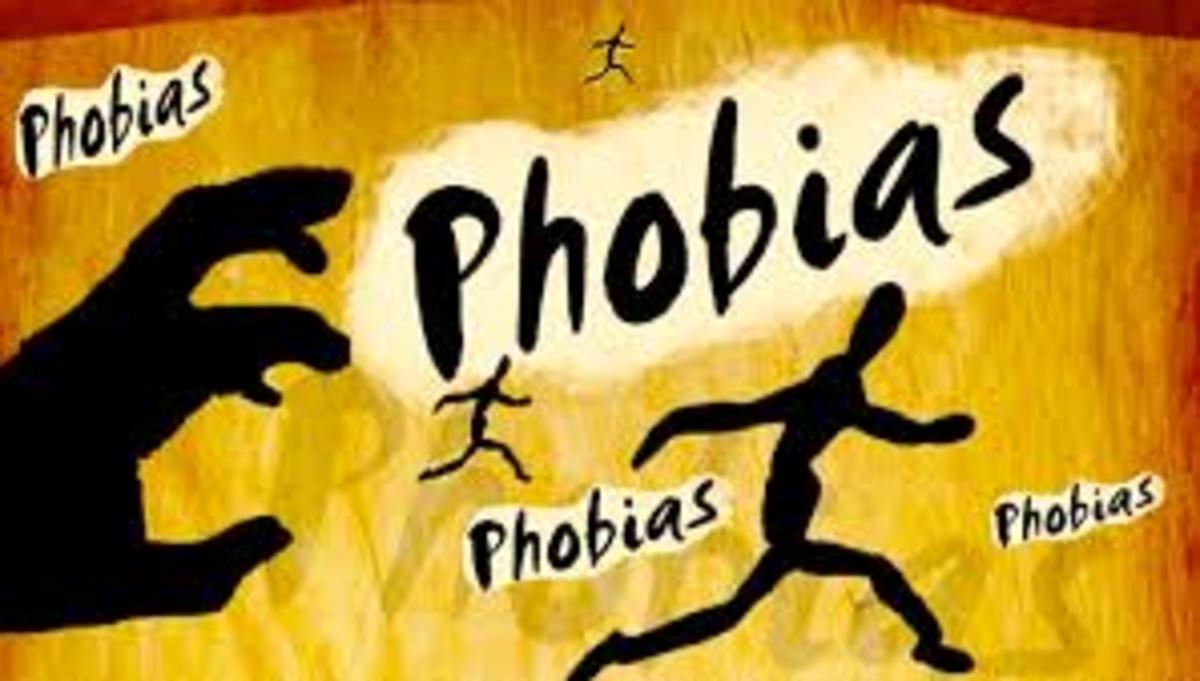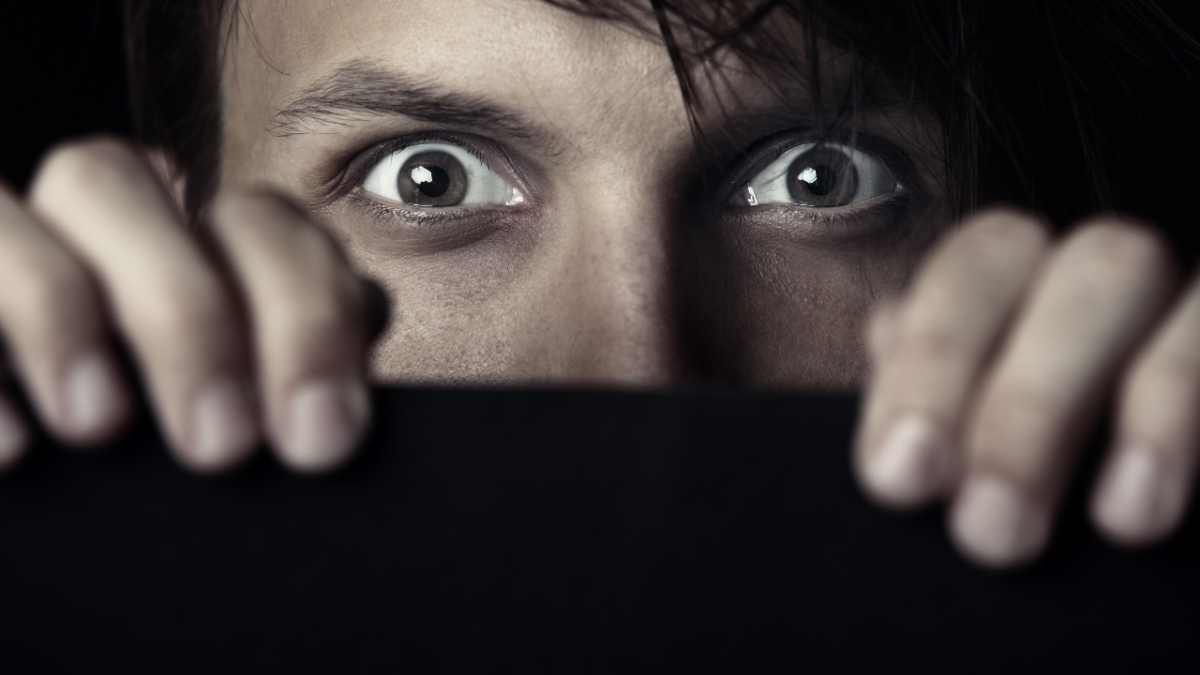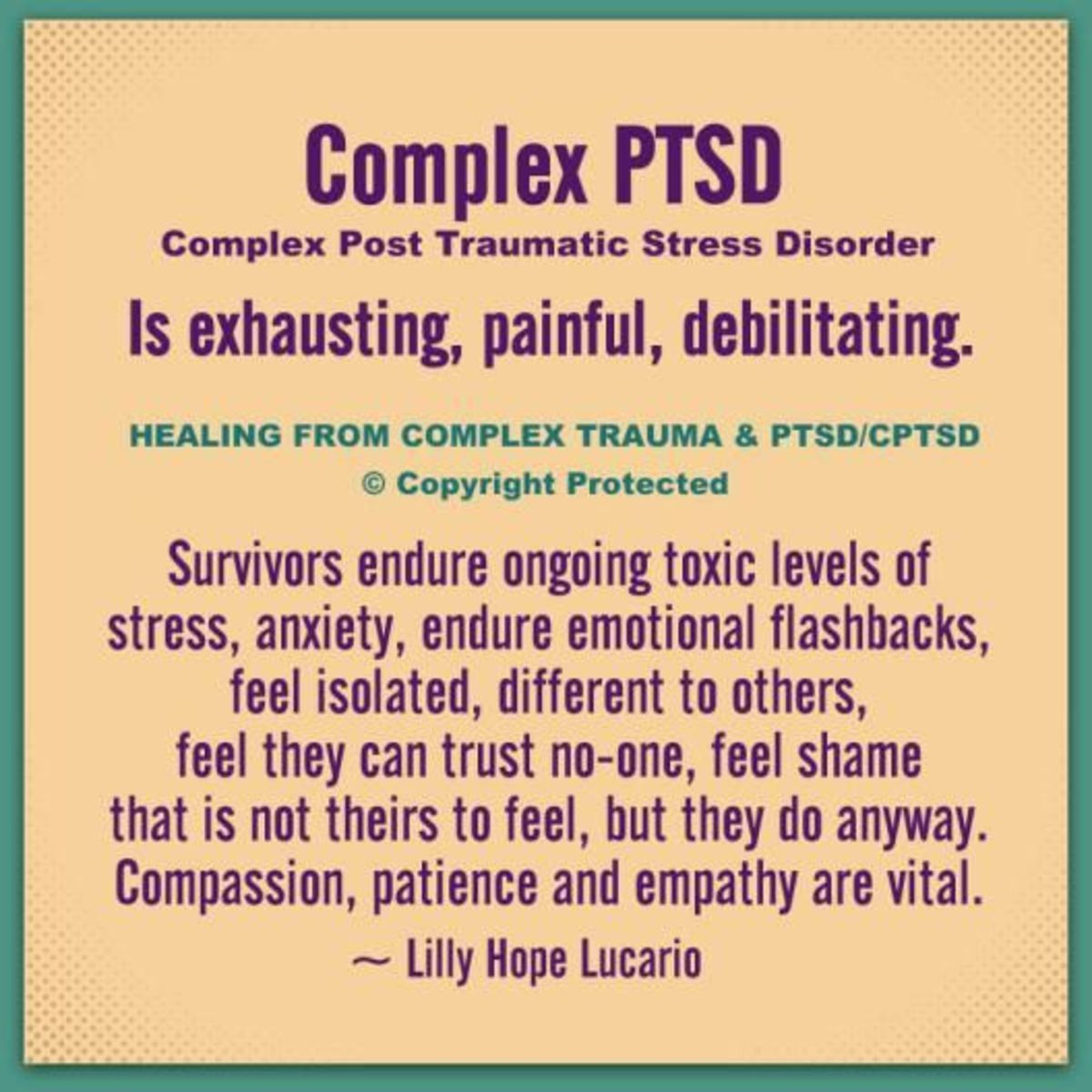Treatment Of Anxiety Disorders : Treatment Of Phobias
As a group, Anxiety Disorders are the most common type of mental illness. According to DSM IV-TR, there are 7 different kinds of anxiety disorders, each being defined by a particular key symptom. Phobias are one of the major anxiety disorders.
According to DSM IV, a phobia is defined as an intense, unrealistic and disruptive fear of a particular object or situation that is out of proportion to any danger posed (Kring, 2010). It is an irrational fear or anxiety which is triggered when the person is exposed to or in contact with a specific situation or object.
The person suffering from a phobia often realises that his fear is out of proportion to the true danger or threat posed by the object or situation in question, but he is unable to control or explain it.
A Specific phobia is defined by an intense fear of an object or situation, whereas Social phobia is the fear of strangers or social scrutiny.
If the fear is causing extreme distress to the person and is negatively impacting his daily life, the fear is described as a disorder and needs proper treatment for its cure.
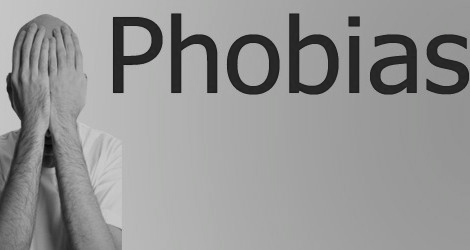
Common Symptoms Of Phobias:
The symptoms of phobias usually manifest themselves when the person is faced with his feared situation or is in contact with the feared object.
Sometimes, anxiety and distress is triggered just by thinking about or seeing a picture related to the feared object.
The symptoms of phobias are as follows:
- Palpitations - feeling your heart is racing
- Hyperventilation - breathing at an abnormally rapid rate
- Trembling or shivering
- Dryness in the mouth
- Chills
- Choking sensation
- Feeling light-headed or faint
- Churning of stomach or butterflies
Psychological Symptoms of Phobias:
- Feelings of dread
- Fear of losing control
- Fear of fainting
- Fear of dying
- Sweating
- Dizziness
- Nausea
- Numbness
- Pins and needles.
- Ringing in ears
- Chest pain or tightness in chest
- Need to rush to the toilet
These sensations can become unpleasant enough to make a person change his behaviour so as to avoid coming into contact with the feared object or situation.

Treatments Of Phobias
Treatments for phobias are based on different exposure and cognitive techniques and are mostly effective. However, further research into the exact causes of phobias can give us better insight into their cure and treatment.
The most effective psychological treatments for phobias focus on exposure or encouraging the individual to confront the source of his fears, although treatments differ in their strategies.
The following are some of the treatments of Phobias:
- Self-help:
One of the best ways to get over a phobia is to expose oneself repeatedly to the feared object or situation and to tolerate the anxiety until it begins to decrease. This may be done alone or with the help of self-help books, family, friends and support groups. Motivation to improve is the key factor here.
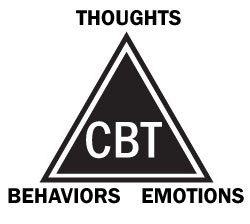
- Therapy:
Cognitive behavior therapy (CBT) involves one-to-one sessions with a therapist who is trained in treating phobias. CBT added to Exposure therapy has proved to be more effective for agoraphobia as well as social phobias than just exposure alone (Turk et al, 2001, cited in Kring, 2010).
Cognitive approaches include challenging the individual's negative beliefs and helping him not to rely on approval from others for a feeling of self-worth. In one approach, the therapist helps patients to alter their negative patterns of thinking and not to focus attention internally. He may also teach relaxation techniques and then gradually expose the patient in a safe and controlled way to the object or situation that he fears.
Despite the relatively poor effects of Cognitive therapy for Social phobias, some studies show that Cognitive therapy added to Exposure therapy is much more successful (Turk et al., 2001).
Moreover, one of the advantages of CBT is that it can be done even within a group and is also helpful in treating phobias in children and adolescents.
In case of Specific phobias in children and teenagers, participant modeling and reinforced practice is often used, where the therapist models a particular way of responding to the individual's phobic fear and encourages them to practice this behaviour through reinforcing.
Local GPs can usually refer patients to a suitable therapist and often more than one treatment is recommended for a complete recovery.
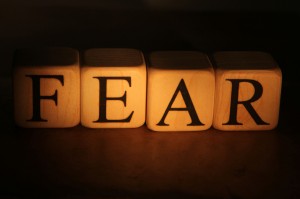
Systematic desensitization (Wolpe, 1958) involves a series of contact with the phobic object, starting with the least frightening to the most, while the individual learns to tolerate his anxiety with relaxation techniques. (Gross, 2005) The success rate for SD is 70-90 percent but often its effects last only a year, hence different techniques are used to make it more efficient. (Kring, 2010)
Computer generated, Virtual reality simulations have also been used to enhance SD (Glassman & Hadad, 2004). Virtual reality programs are developed to simulate many of the situations that are feared most in phobias and are thus quite effective.
Some Common Phobias:
- Social phobia: fear of interacting with strangers
- Claustrophobia: fear of confined spaces
- Necrophobia: fear of death or dead things
- Agoraphobia: fear of open public spaces
- Zoophobia: fear of animals
- Emetophobia: fear of vomiting
- Driving phobia: fear of driving
- Aerophobia: fear of flying
- Arachnophobia: fear of spiders
- Hypochondria: fear of illness
- Aquaphobia: fear of water
Exposure: Many different of exposure treatments have been developed for phobias. Exposure is also effective for social phobias and treatment involves role playing with a therapist in small groups before exposure in public situations. Training individuals with social skills to cope with public situations is also helpful.
Alternatively, Implosion exposes patients directly to their most terrifying fears and the high levels of anxiety prevents them from avoiding the situation (Gross, 2005).
Flooding involves exposure but in vivo i.e. confronting real life situations and is considered most effective for specific phobias. (Richards, 2002, cited in Gross, 2005). For Phobias involving fear of animals, injections or dental work, even brief treatments lasting a few hours have proved to be quite effective.
Studies show that the effects of exposure techniques last for at least a year (Ost, Ferebee & Furmark, 1997) and prolonged exposure therapy typically extinguishes anxiety. In general, however, exposure therapy can work quite quickly for Specific phobias, but Social phobias are harder to treat and often require Cognitive therapy in addition to exposure treatments.

- Medication:
Medicines alone are rarely used to treat phobias, although certain drugs may be used to along with Exposure treatments. Adding anxiolytics (drugs that reduce anxiety) to exposure treatments can actually lead to worse outcomes than exposure treatments without medications as people do not get the same chance to face their fears. On the other hand, there are some medicines (like DCS or D-cycloserine) that enhance learning and have found to be very effective in exposure treatments for Specific Phobias.
Antidepressants are also used for Agoraphobia. The GP may prescribe a benzodiazepine or beta-blocker, though drug treatments alone provide only short-term solutions.
Overview On The Treatment of Phobias:
To conclude, behavioral theories have led to successful treatments of phobias. However, social phobias are harder to treat than specific phobias, and most people only experience partial reduction of anxiety (De Rubies & Crits-Christoph, 1998, cited in Kring, 2010). Nevertheless, even partial relief is a welcome change for most people and helps them to lead a normal life.
Further research and study is still needed in order to gain a better understanding of the different causes of phobias. This can help with more effective treatment and prevention of the disorder.

